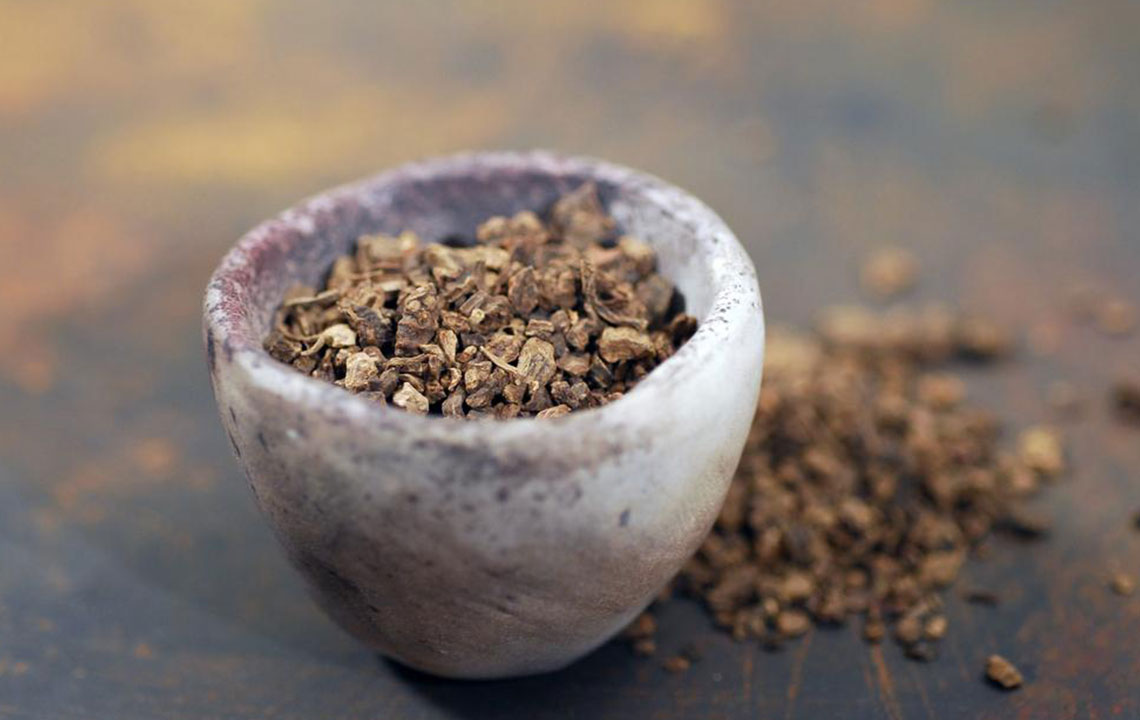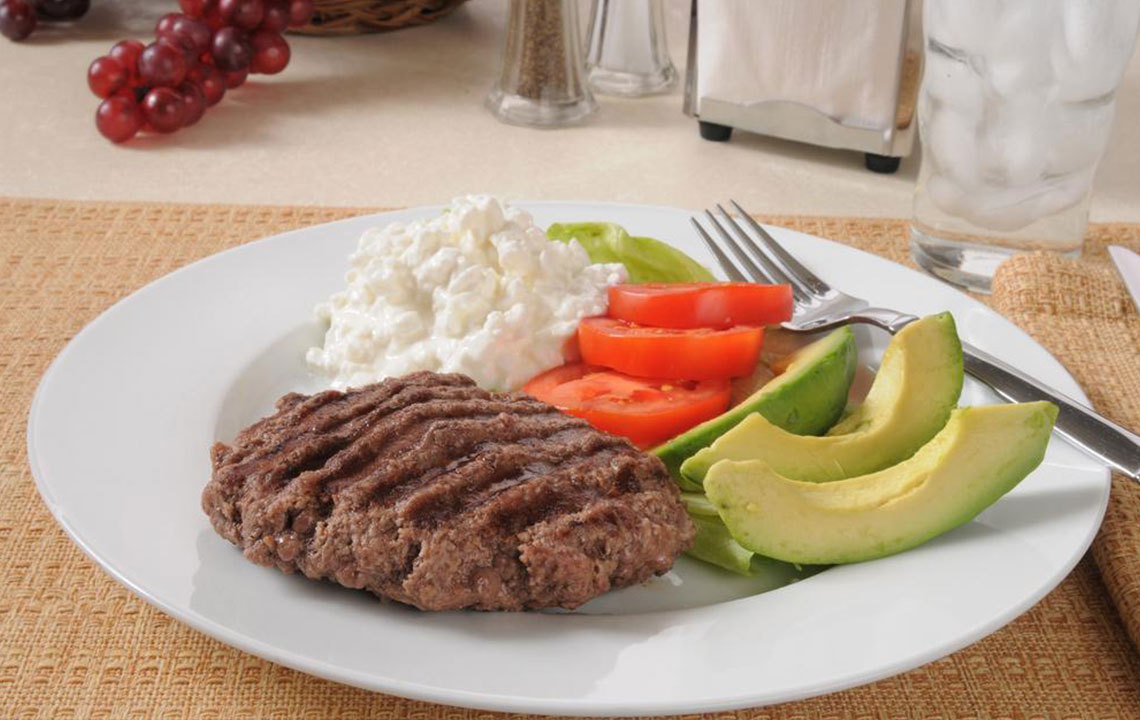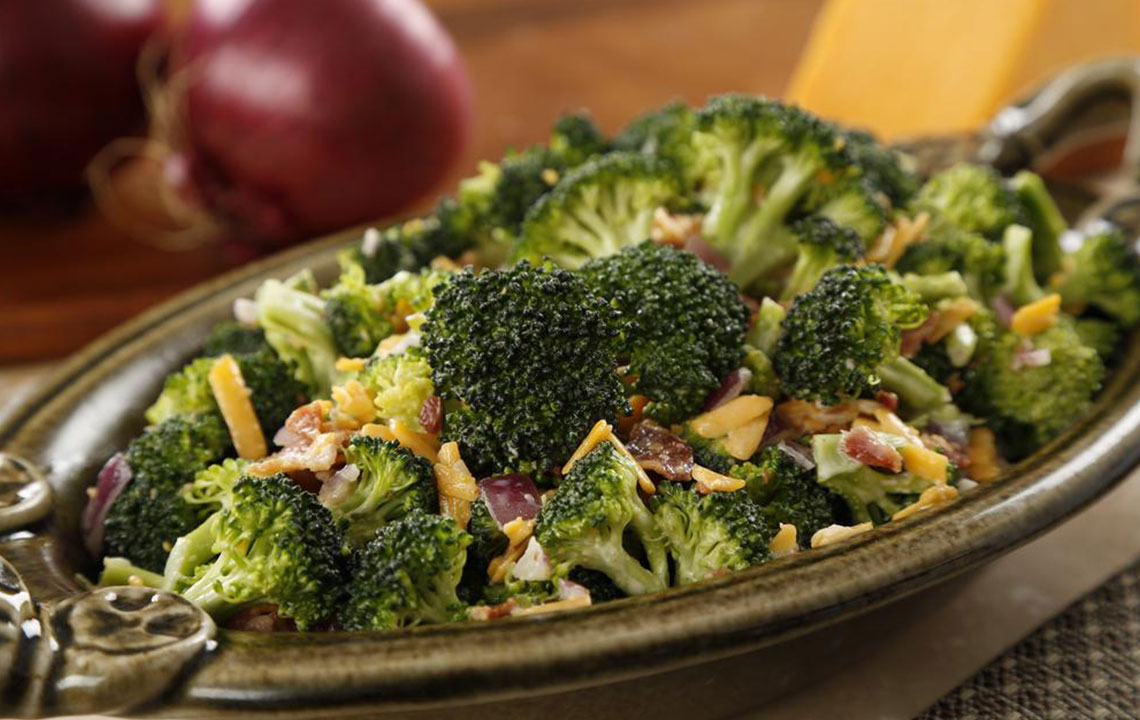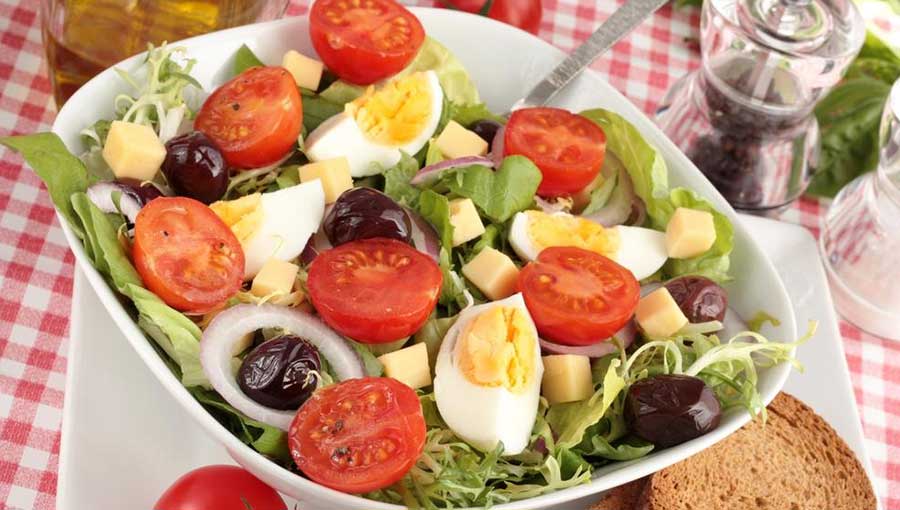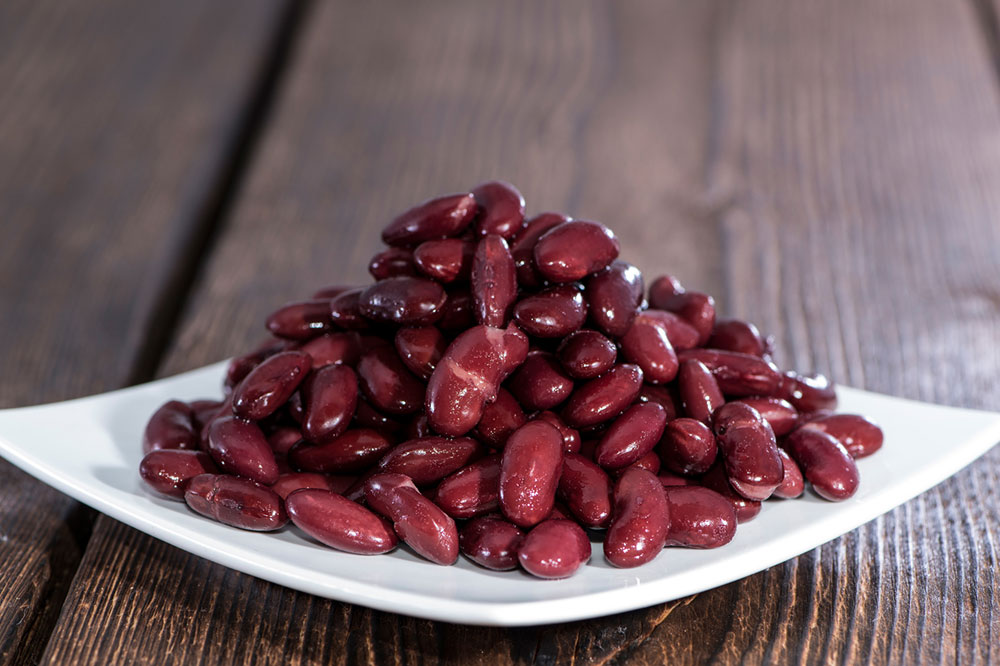Effective Dietary Strategies for Managing Pulmonary Arterial Hypertension
Discover essential dietary tips for managing pulmonary arterial hypertension (PAH). Learn how incorporating garlic, avoiding stimulants, increasing iron-rich foods, and monitoring fluid intake can support treatment alongside medications. Always consult healthcare professionals for personalized advice and effective management strategies for PAH.
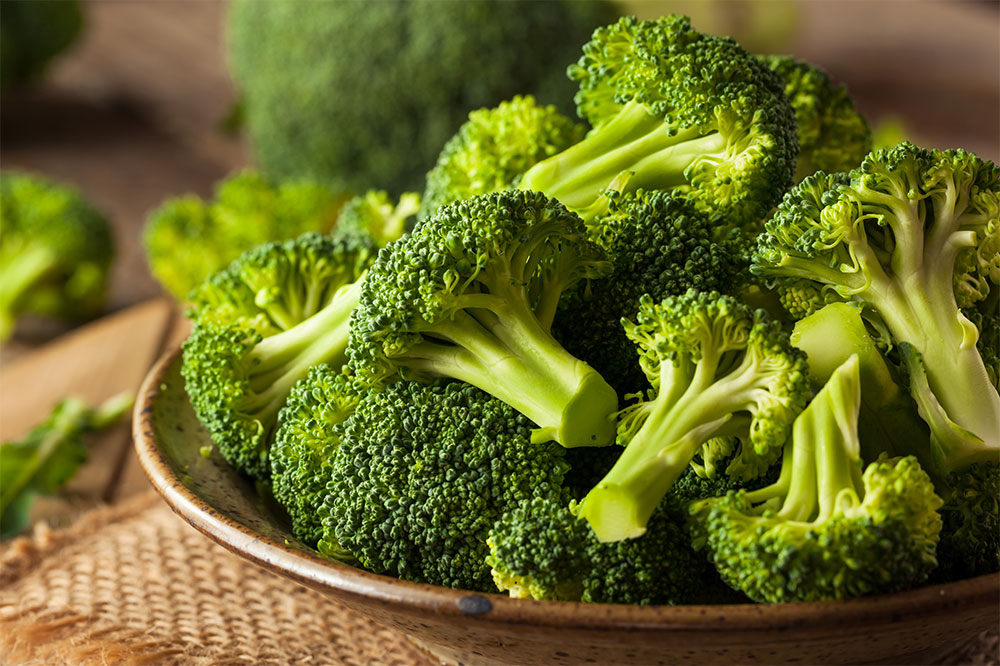
Pulmonary arterial hypertension (PAH) is characterized by elevated blood pressure in the lungs' arteries, leading to restricted blood flow and symptoms similar to COPD and asthma. Although a rare condition affecting approximately one to two individuals per million, specific nutritional approaches can help alleviate its symptoms alongside medical treatment.
Incorporate garlic into your diet
Garlic contains allicin, a compound that helps broaden blood vessels and improve circulation. Consuming raw or cooked garlic can support better blood flow, with raw garlic offering the most benefit when eaten shortly after chopping.
Avoid stimulants
Substances like caffeine, carbonated drinks, and alcohol may worsen PAH symptoms. Replacing coffee with fruit juice and alcoholic drinks with non-alcoholic alternatives can enhance sleep quality and symptom management.
Increase iron intake
Low iron levels are linked to higher rates of PAH. Eating iron-rich foods such as red meats, beans, and dark green vegetables, combined with vitamin C sources like citrus and tomatoes, can boost iron absorption and potentially prevent disease progression.
Monitor fluid consumption
Since PAH affects the heart’s ability to pump blood effectively, reducing fluid intake to under two liters daily can prevent water retention and ease the workload on the heart. Always consult healthcare providers before making dietary changes.
Medications like Adempas® (riociguat) may also be prescribed to improve exercise capacity and prevent symptom worsening. Treatment plans should be tailored by a doctor based on individual condition severity.

